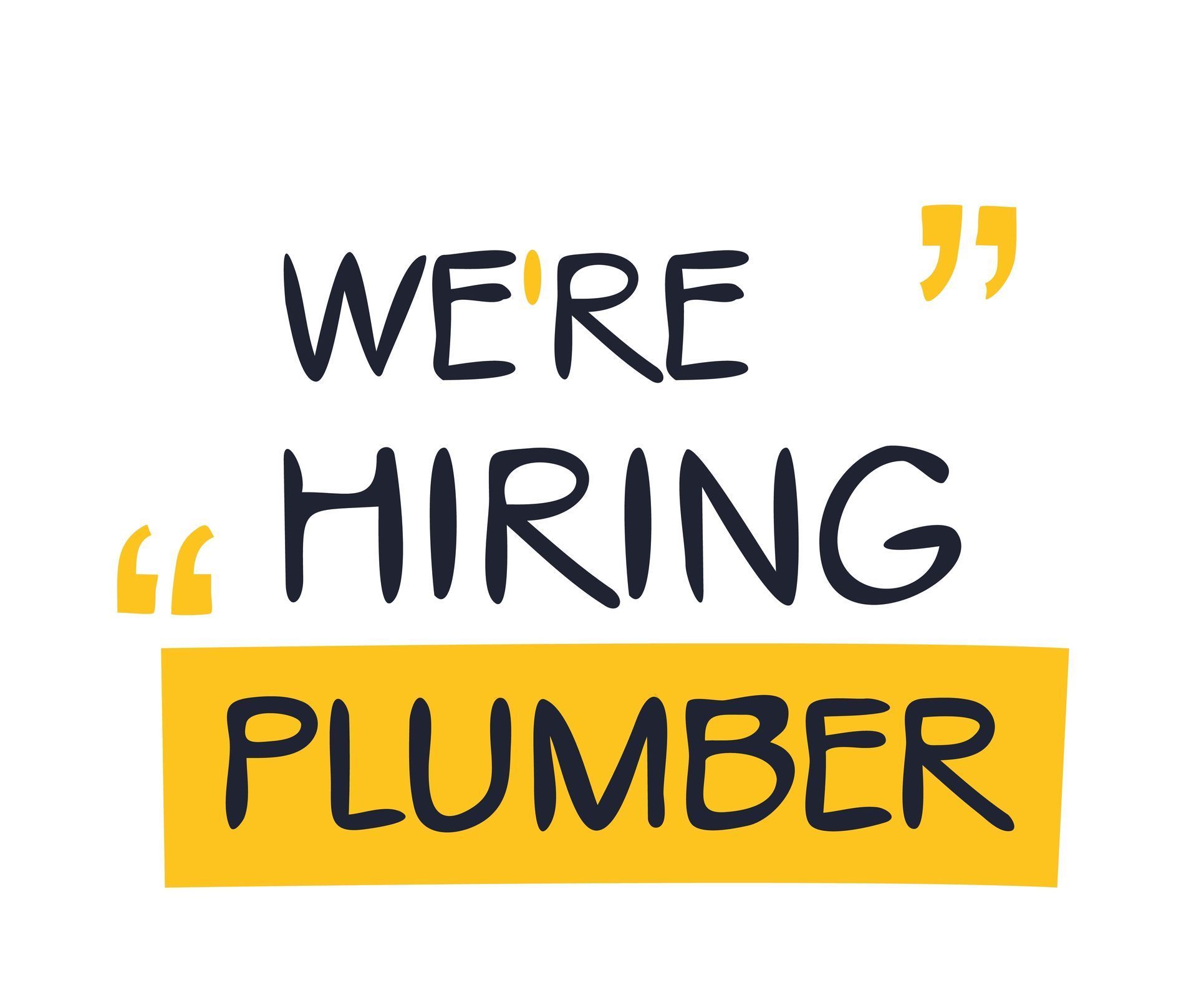FROZEN PIPE SERVICES IN IDAHO AND WASHINGTON: EXPERT SOLUTIONS FOR THAWING AND REPAIR
Are you facing the frustrating issue of frozen pipes in your home or business? America NW Plumbing, Heating, and Cooling is here to help! We provide frozen pipe clearing service in areas like Spokane, WA, Spokane Valley, Veradale, Coeur d’Alene, ID, Hayden, ID, Post Falls, ID, Rathdrum, ID, Bonner, ID, and nearby areas, offering comprehensive frozen pipe services in Idaho and Washington.
Our team of knowledgeable plumbing experts is prepared to handle any frozen pipe situation with the skills and equipment needed. We’ve got you covered, from thawing frozen pipes to fixing any damage brought on by freezing.
SIGNS OF FROZEN PIPES: DETECTING THE PROBLEM
During the harsh winters experienced in Idaho and Washington, frozen pipes can be a common occurrence. It’s important to be aware of the signs that indicate your pipes may be frozen. Here are a few key indicators to look out for:
No Water Flow:
If you turn on a faucet and no water comes out, it could be a sign of a frozen pipe. This is especially true if the weather has been extremely cold.
Frost or Ice on Pipes:
Visible frost or ice on exposed pipes is a clear indication of freezing.
Strange Smells:
If you notice unusual odors coming from your faucets or drains, it could be a sign of a frozen pipe.
Bulging or Cracked Pipes:
Frozen water expands and puts pressure on the pipes. If you notice bulges, cracks, or leaks in your pipes, it’s likely they have frozen.
Tips To Clear Frozen Pipes
What You Can Do to clear out the frozen pipe?
While America NW Plumbing, Heating, and Cooling is here to provide professional assistance with frozen pipe issues, there are a few steps you can take to potentially thaw your pipes before our experts arrive. Please remember to prioritize your safety and follow these tips carefully:
Open Faucets
Open the affected faucet(s) to relieve pressure and allow water to flow once the pipe starts thawing.
apply heat
Apply gentle heat to the frozen pipe using a hairdryer, heating pad, or warm towels. Start from the faucet end and work your way toward the frozen area.
Wrapping pipes
Insulate and wrap exposed pipes with heating tape, towels, or foam pipe insulation to prevent freezing.
warm enviroment
Keep the room where the frozen pipe is located warm by turning up the thermostat or using space heaters.
Leave Cabinets Open
If the frozen pipe is located in a cabinet, open the doors to allow warm air to circulate around the pipes.
remember!
Remember, these tips are meant to provide temporary relief until professional assistance arrives. It’s crucial to contact America NW Plumbing, Heating, and Cooling promptly for expert evaluation and resolution of frozen pipe issues.
Comprehensive Frozen Pipe Services:
What America NW Plumbing, Heating, And Cooling Offers
At America NW Plumbing, Heating, and Cooling, we specialize in a wide range of frozen pipe services to address your specific needs. Our experienced plumbing experts are trained to handle various frozen pipe situations with efficiency and precision. Here are some of the services we provide:
Thawing Frozen Pipes:
Using advanced techniques and equipment, we thaw frozen pipes safely and effectively, restoring water flow and preventing further damage.
Repairing Burst Pipes:
If a frozen pipe has burst, our experts promptly assess the situation, repair the damaged section, and ensure your plumbing system is functioning optimally.
Insulation and Prevention:
We offer professional insulation services to safeguard your pipes from freezing in the future. Our team can identify vulnerable areas and implement effective insulation solutions.
Pipe Inspection and Maintenance:
Through thorough pipe inspections, we can identify potential issues before they escalate into major problems. Regular maintenance helps keep your pipes in top condition and prevents freezing.
Emergency Services:
We understand that frozen pipe issues can occur at any time, day or night. That’s why we offer 24/7 emergency services to provide immediate assistance when you need it most.
